Concept
This brief is called ‘Found Object’ which involves sourcing objects, photographing them and presenting three of these photos as a triptych. Presenting them as a triptych means they must flow and look as if they should sit together. For example through even exposures, even shadow/horizon line, similar colours used etc.
For my found object brief I wanted to explore the use of glassware, colours and flowers.
Research/Influences
Robert Mapplethorpe– An American photographer (1946-1989). His work involved a few different subjects: celebrity portraits, self portraits, male and female nudes and still life photographs of flowers.
I really like his flower still life pictures. This one ‘Orchids’ I find the positioning of the subject pleasing to the eye. The vase is off centre, towards the right, but the flower leans towards the left. This means that the viewers eye is lead across the image, along the stem of the flower. Also the shadows on the background are diagonal, following the direction of the flower. This makes the image look more interesting as it adds more depth. I like the contrasting of the colours- the bright white flower and the black cloth and vase stand out against the orange background.
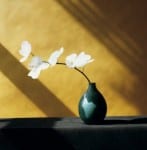
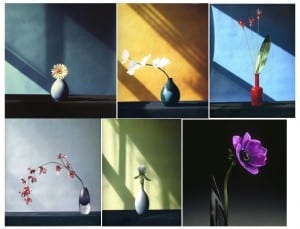
David Maisel: Library of Dust. I was really interested by this piece of work, shown to us in a lecture. At first glance, these just appear to be copper canisters which have corroded in different ways but knowing the meaning behind this work invokes an interesting conversation. This project is actually about human existence. Each canister contains ashes from patients of a mental institution who had died between the years of 1883 and the 1970s. The canisters corroded because they were found in the flooded basement of the institution. This resulted in every canister looking unique which could represent that each person was an individual.
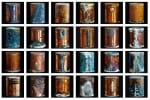
Albert Renger Patsch- (A German photographer and leading figure in the Objectivity movement). I was really interested in his still life image of glassware because of the shadows created from the light hitting it.
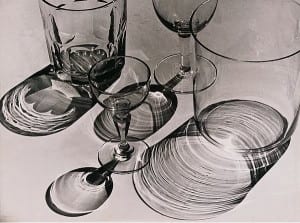
I created my own still life images of glassware focusing on the light being reflected onto the white paper. I tried to make them look more dynamic, when editing them on Lightroom, by increasing the contrast. But overlooking on them now I think I may have made my images too dark (underexposed) compared to his.
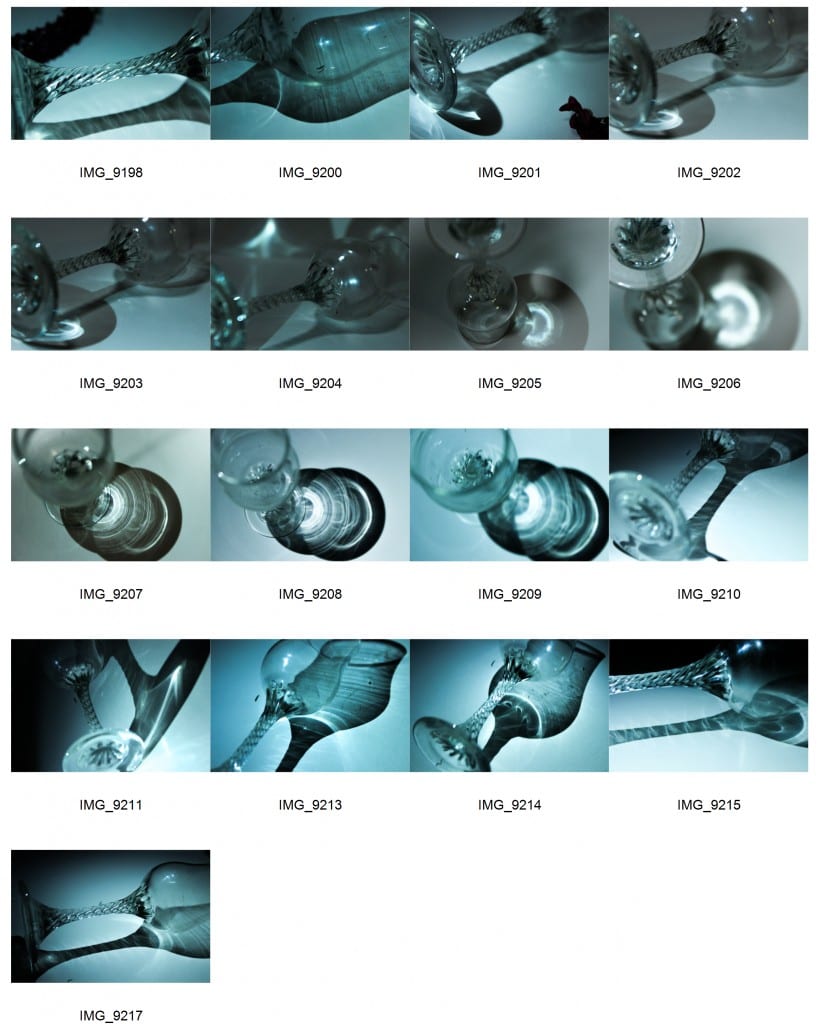
Irving Penn-
I really like his still life photographs of flowers. He captures the fine detail in this flower, as it is taken from a close up angle. Due to the background being a plain, crisp, white it contrasts well from the coloured flower making it stand out.
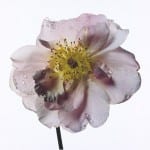
I took some images of a flower on white paper to try and create a similar effect. I edited them to make the flower more colourful/vibrant and the paper brighter white to make the flower stand out more.

To create these images I used an a3 book of coloured paper in order to have a coloured background, the same colour as what the subjects are sitting on. I purchased two small glasses from a charity shop because I find it interesting when light hits glass.
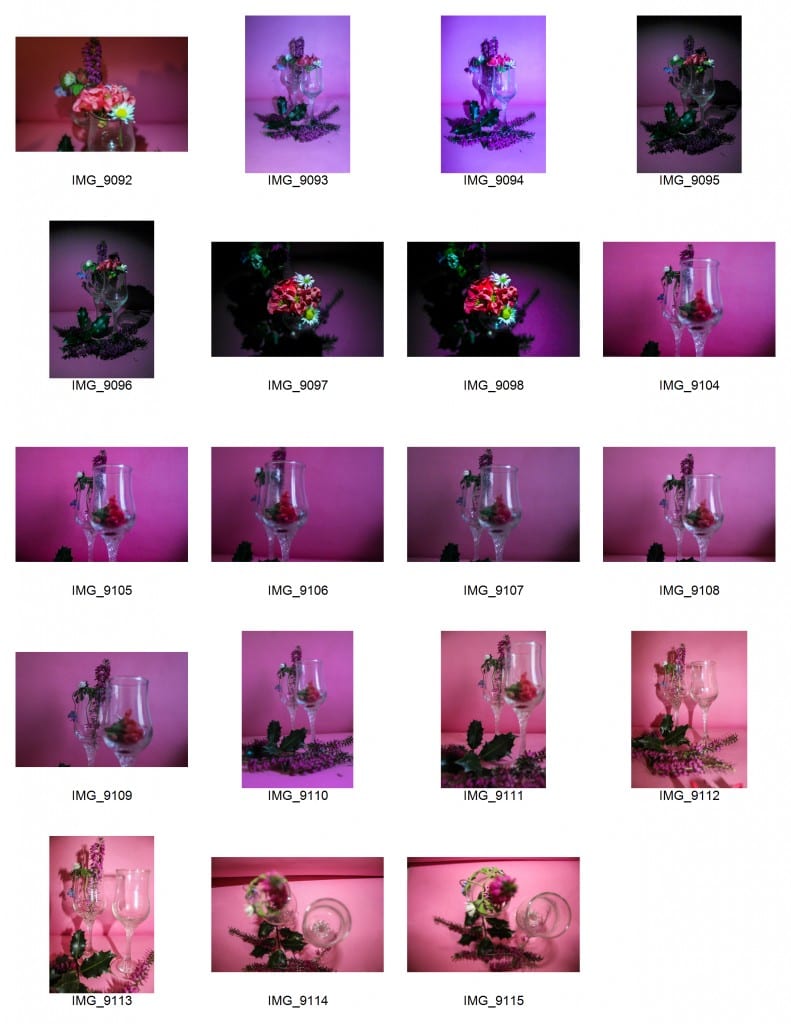
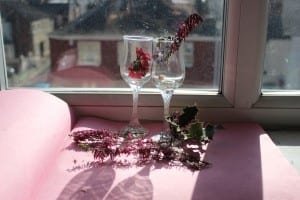
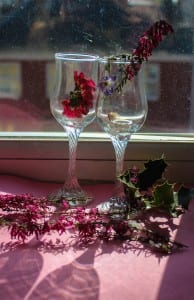
I think the second lot of photographs are a lot more interesting because of the natural light hitting the objects. The sunlight coming through the window and hitting the glasses creates impressive shadows.
Possible Triptychs:
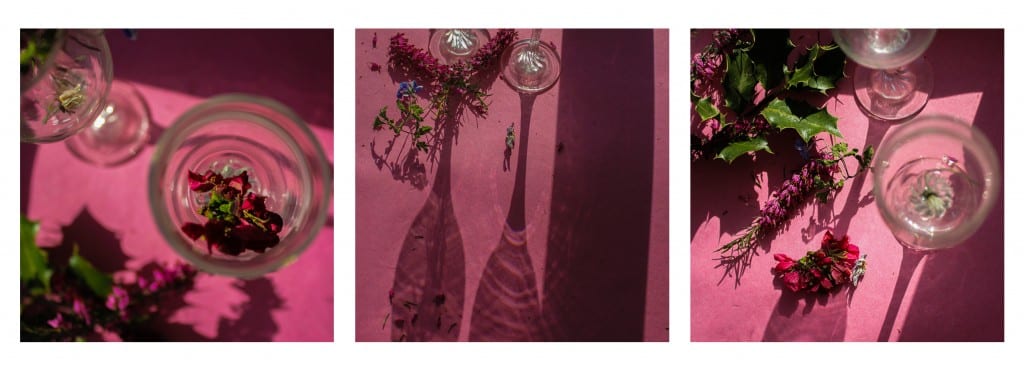
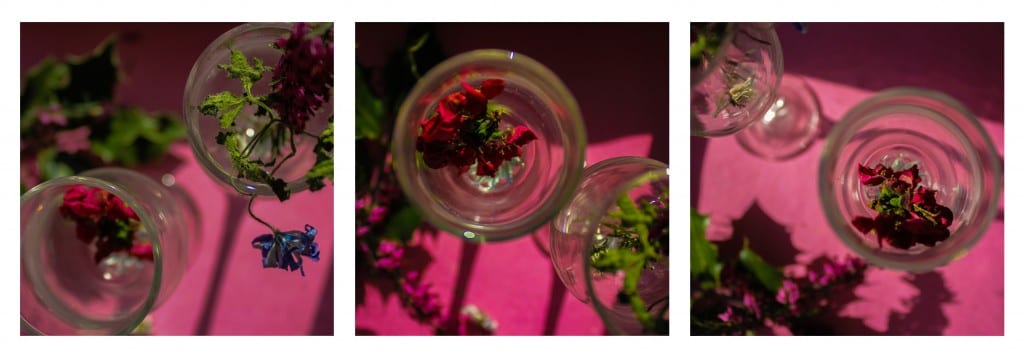
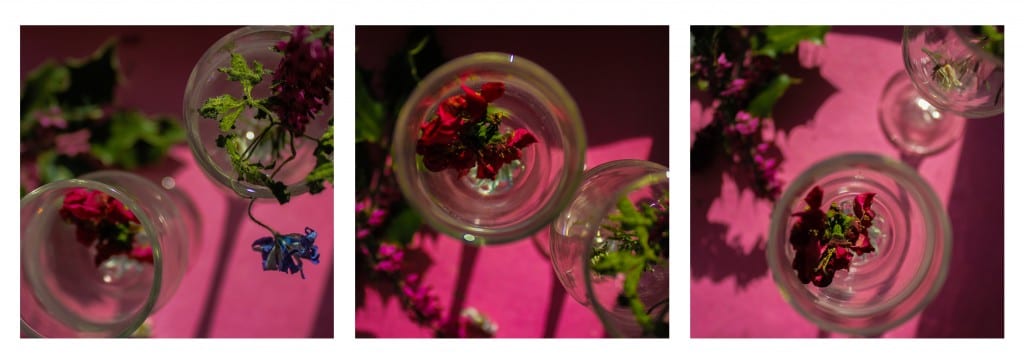
This triptych has a common theme of the plant inside the glasses being the part of the images which are in focus. This means the viewers eye is led down into the glass. I rotated the photo in the right so the shadows in all three photos are going in the same direction which makes it look like the sun is hitting the glasses from the same angle. This makes the photos look better together a more successful triptych).
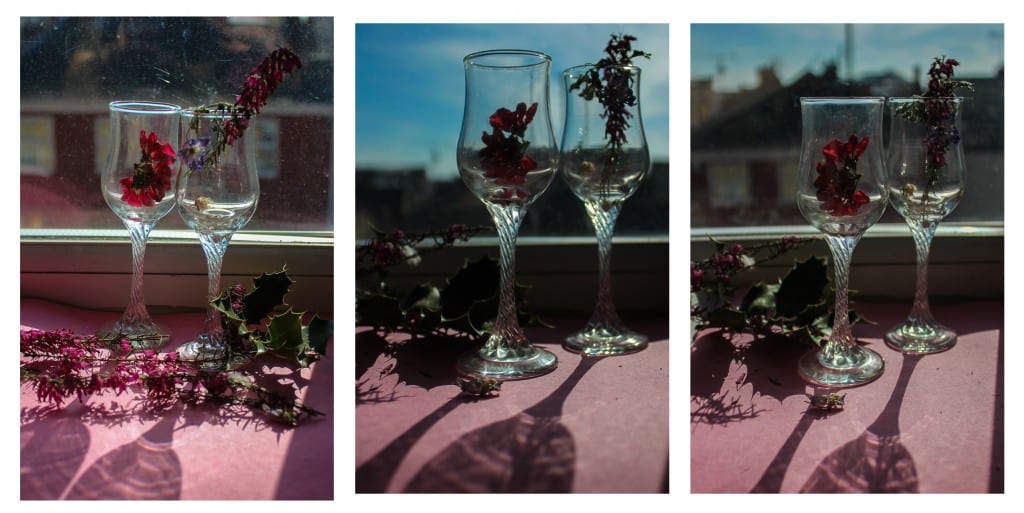
In this triptych I tried to make the photos look good together by making the horizon line match.
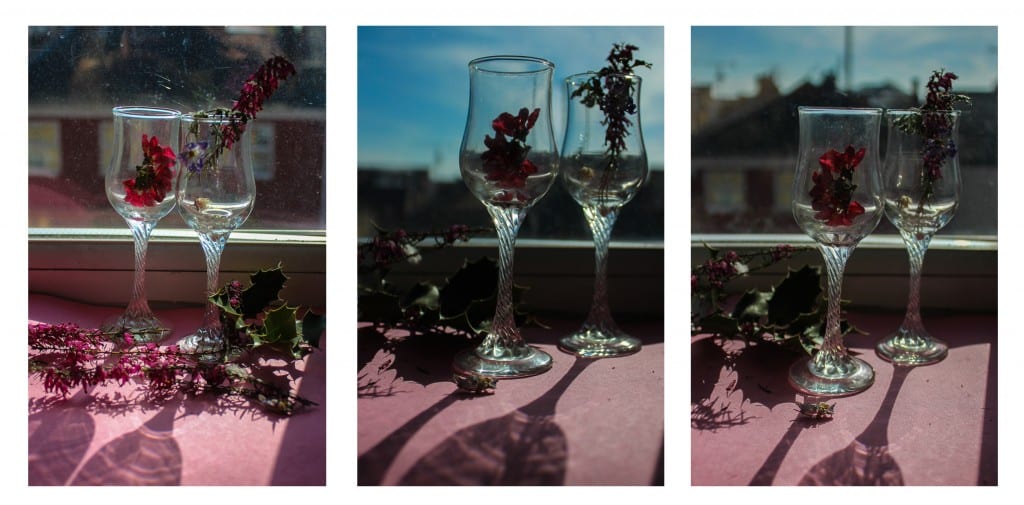
Reflection
My three images match well i believe because they all are of the same objects and taken from a birds eye view but i moved them slightly or cropped them differently. To improve the triptych I would make the background colours match more by enhancing the vibrancy of the images on the left and right hand side.
This brief involved focusing more on technical aspects which I did not always consider when taking photographs, before this module. Being introduced to new equipment and elements of photography was very interesting.
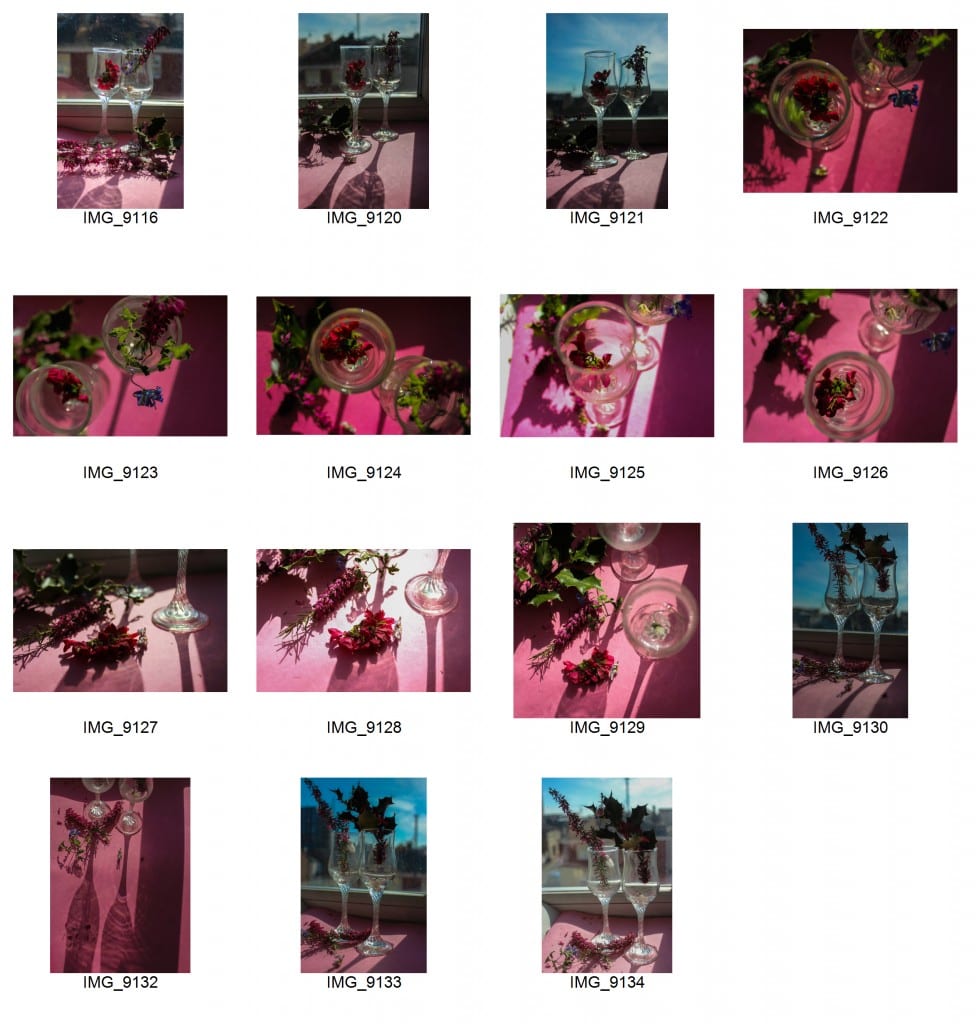
Leave a comment